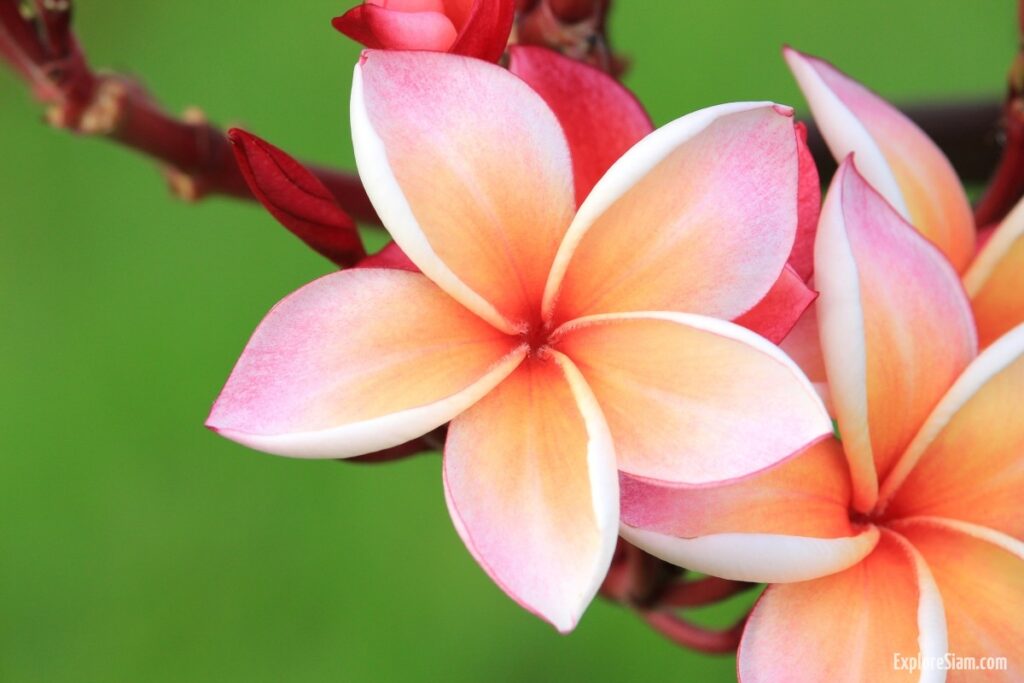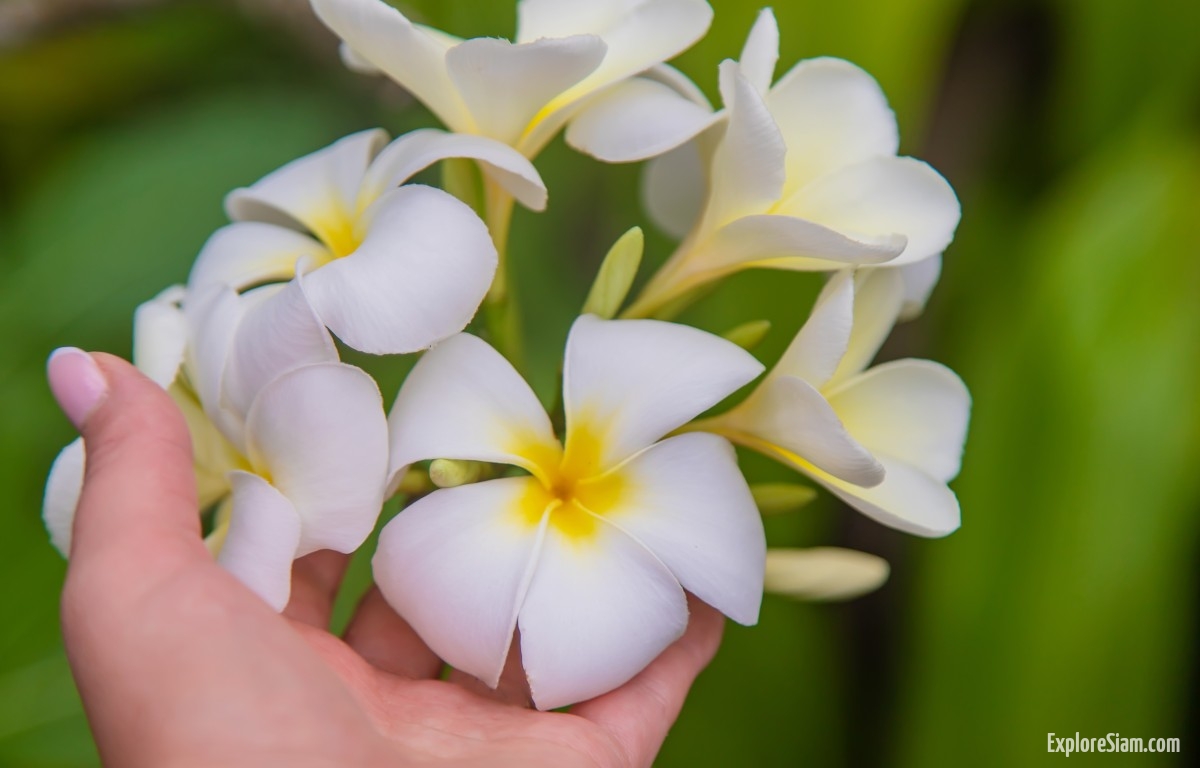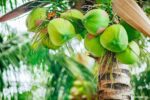Thailand, a land known for its rich culture, vibrant traditions, and breathtaking landscapes, is also home to a plethora of exotic flora. Among the many flowers that adorn this beautiful country, the Plumeria stands out not only for its stunning appearance but also for its cultural significance and widespread presence. This iconic flower, often referred to as the “Temple Tree,” holds a special place in the hearts of the Thai people and plays a vital role in their daily lives and spiritual practices.
Botanical Overview and Appearance
Plumeria, commonly known as frangipani, belongs to the Apocynaceae family. It is a genus of flowering plants that consists of around 300 species, but the most prevalent in Thailand are Plumeria rubra and Plumeria obtusa. These trees or shrubs are native to the tropical and subtropical Americas but have found a welcoming home in Thailand’s warm climate.
The Plumeria flower is easily recognizable by its unique structure and enchanting fragrance. Each blossom typically has five petals, which are waxy and slightly curled, forming a distinct pinwheel shape. The petals can be pure white, yellow, pink, red, or a combination of these colors, often with a contrasting yellow center. The tree itself is deciduous, shedding its leaves during the dry season, which allows the vibrant flowers to stand out even more strikingly against the bare branches.
Cultural Significance
In Thai culture, the Plumeria holds deep spiritual and symbolic meanings. It is commonly planted around temples and monasteries, hence the nickname “Temple Tree.” The flower is often used in religious offerings and ceremonies, symbolizing immortality and the enduring nature of the human soul. Its resilience, with the ability to bloom even in harsh conditions, serves as a reminder of the strength and perseverance required in the spiritual journey.
The Plumeria is also associated with love and devotion. In traditional Thai weddings, the flowers are used to adorn the bride and groom, representing a promise of eternal love and fidelity. The fragrant blooms are also crafted into garlands and leis, which are given as tokens of respect, welcome, and good fortune.

Medicinal and Practical Uses
Beyond its ornamental and symbolic uses, Plumeria also boasts various practical applications. Traditionally, different parts of the plant have been used in folk medicine. The bark and leaves contain compounds that are believed to have anti-inflammatory and analgesic properties. They are sometimes used to treat conditions such as fever, inflammation, and digestive issues.
The milky sap of the Plumeria tree, although toxic if ingested, has been applied externally in small amounts to treat skin ailments like sores and ulcers. However, it is essential to handle the sap with care, as it can cause irritation and should not be used without proper knowledge and guidance.
The Plumeria in Thai Gardens and Landscapes
The aesthetic appeal of the Plumeria makes it a popular choice for gardens and public spaces throughout Thailand. Its ability to thrive in the country’s climate, coupled with its minimal maintenance requirements, makes it a gardener’s favorite. The tree’s lush, fragrant flowers and its capacity to grow relatively quickly from cuttings make it an ideal plant for both urban and rural settings.
In urban areas, Plumeria trees provide much-needed greenery and shade, enhancing the beauty of city parks, streets, and private gardens. In rural areas, they are often found near homes and farms, adding a touch of elegance to the rustic landscape.
The Plumeria, with its captivating beauty, delightful fragrance, and profound cultural significance, truly embodies the spirit of Thailand. It is more than just a flower; it is a symbol of the country’s rich heritage, spiritual depth, and the harmonious relationship between nature and human life. Whether adorning temples, enriching gardens, or featuring in traditional ceremonies, the Plumeria continues to be a cherished and iconic part of Thai culture. Its presence serves as a constant reminder of the beauty and resilience inherent in the natural world, inspiring both locals and visitors alike.





